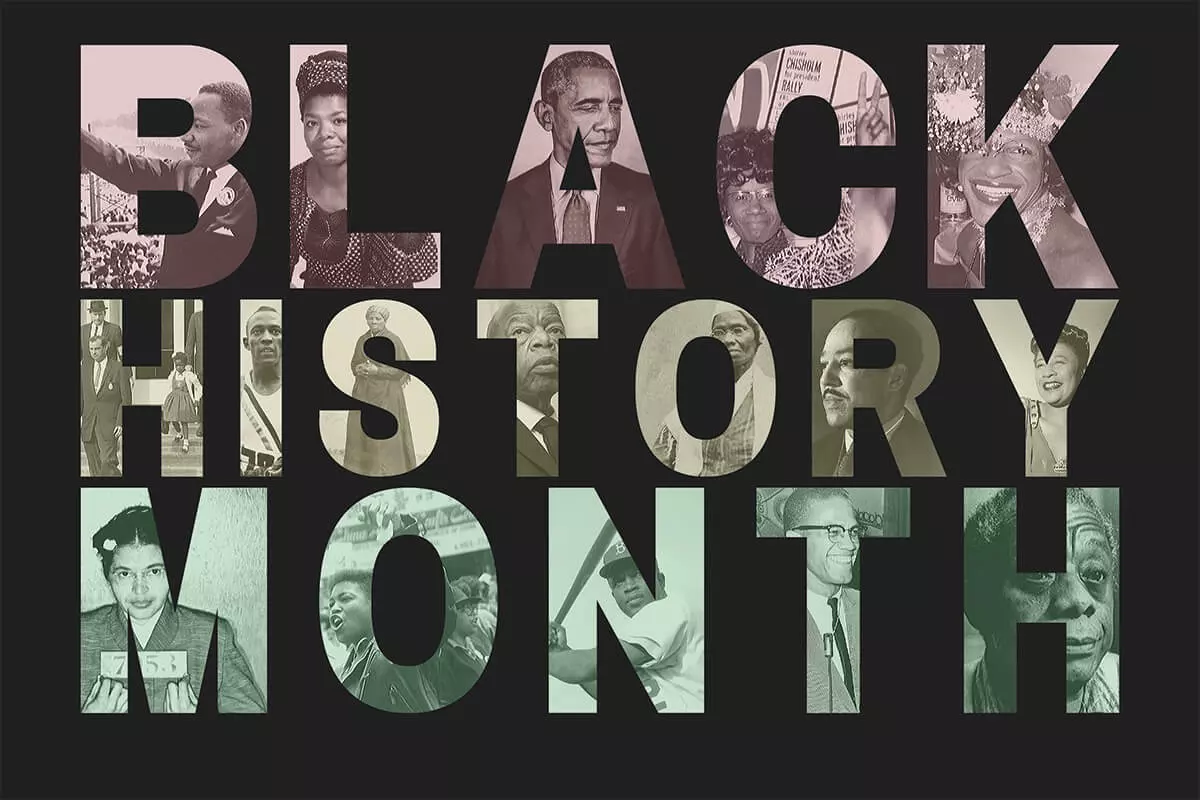News
Black History Month
Black people have made significant contributions to the fabric of this nation (literally helping sew the Star-Spangled Banner), many of which have been historically overlooked. Think back to the education you received: Was African American history an elective, or were the accomplishments of Black people interwoven into the standard curriculum? Which “classics” were read, and whose art was studied?
Despite the push to increase the inclusion of Black accomplishments into history classes, this remains an area of contention. Often, the contribution of Black people beyond the pioneers in abolition and activism are not widely taught. Black History Month invites us all to reflect on the impact Black people have had across all disciplines in this country.
Here’s how Black History Month got started:
Black History Month grew from “Negro History Week,” a celebratory and educational week started by Carter G. Woodson and the Association for the Study of African American Life and History. First held in 1926, the second week of February was chosen to celebrate the birthdays of Abraham Lincoln and Frederick Douglass. “Negro History Week” eventually expanded into a monthlong event. In 1976, Gerald Ford officially recognized Black History Month, encouraging everyone to learn about the accomplishments of Black Americans throughout our history.

Here are some ways to celebrate:
Got a favorite hobby? Research the origins of that hobby and the contributions Black people have made in its development.
Sign up for 28 Days of Black History for daily emails in February featuring a virtual exhibition of 28 works that celebrate Black legacy in the United States.
Get your young readers involved. Here’s a list of children’s books about lesser-known contributors.
Attend the Black History Month Virtual Festival hosted by the Association for the Study of African American Life and History.

Support Black history in the making by supporting Black creators:
- Black authors write about more than anti-racism. Support them.
- DoorDash, Caviar, Uber Eats, Postmates, Grubhub: Once in the app, search “Black Owned.”
- Etsy
- Netflix and Hulu
- Milwaukee Black-owned businesses
- Chicago Black-owned businesses
- Additional Black-owned businesses
